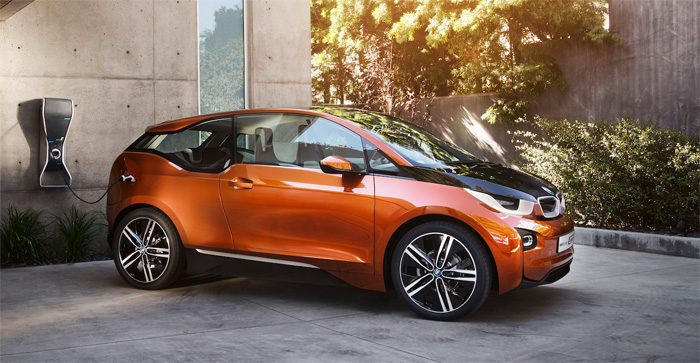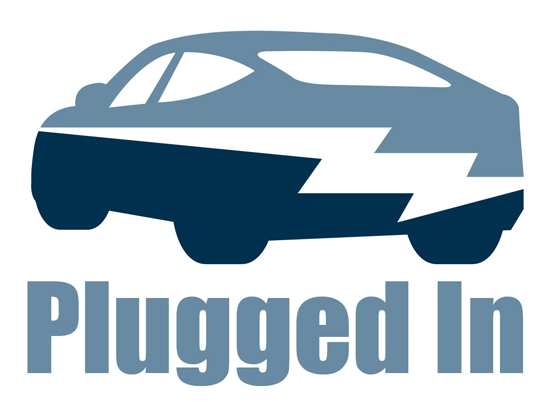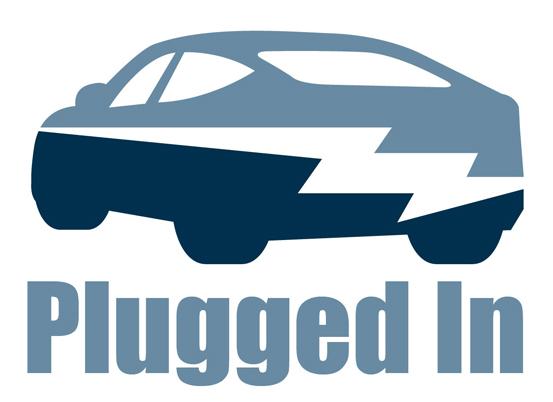Is BMW's Strategy for Electric Cars or Carbon Fiber Panels?
 Friday, August 16, 2013 at 6:25PM
Friday, August 16, 2013 at 6:25PM  Grant Gerke
Grant Gerke  BMW's legendary, car design oozes elegance and simplicity, so why didn't they leverage this legacy for their new compact electric car, the i3? The answer lies with BMW's strategy to drive down the costs of carbon fiber (CF) reinforced composite—and reduce the weight of battery-pack—for not only their electric and hybrid cars but to become a supplier of CF to the rest of the automobile industry in the near future.
BMW's legendary, car design oozes elegance and simplicity, so why didn't they leverage this legacy for their new compact electric car, the i3? The answer lies with BMW's strategy to drive down the costs of carbon fiber (CF) reinforced composite—and reduce the weight of battery-pack—for not only their electric and hybrid cars but to become a supplier of CF to the rest of the automobile industry in the near future.
It's a bold and big strategy considering CF is typically known as high-cost low volume product. Dr. Jay Baron, Pres. and CEO, Center for Automotive Research asserted that “CF's commodity price of $12/lb ($26/kg) or more are “out of the ballpark in terms of affordability” compared with aluminum at about $2.50/lb ($5.50/kg) and typically high-strength steels at about $1.00/lb ($2.20/kg), this from Automotive Engineering International's article by Lindsay Brooke back in February 2013.
BMW sees the material's amazing strength profile and lightweighting as a key for profitability going forward, say five to ten years out. The new i3 electric vehicle's CF passenger cell is 80%—the exterior panels are thermoplastic—lighter than steel and half the density of aluminum. The entire i3 car weighs almost half of what the Model S—approximately 5,200 lb), coming in at 2,630 lb and 2,900 with the range extender.
So here's how BMW approaches the electric car industry, let's not wait for the battery density to improve now but reduce weighting (thus reducing the number of batteries) and improve car-making margins right now and even more so in five years (granted they are investing close to $100 million just on the CF, not to mention the R&D for the i3). And, maybe, we can be “the” supplier in carbon fiber for other automakers. Time will tell.
The i3 starts at $41,000 according to AutoBlog.com and it begs the question if the consumer is already spending $41K at the very least, why not a Tesla for another $20K. If you have $41 to $45K to spend on an electric car, you may have some money. To me, it seems like some really smart thinking/strategy interfered with make a beautiful, electric car?
To me it's destined for low sales in the U.S. (a tiny bit better in Europe) and could add to the narrative that the public is not ready to buy electric cars and maybe the regulatory winds will shift for us automakers? Time will tell, but if more lithium batteries are consumed by automakers, prices will go down for all automakers. But, how do you keep battery prices as high as possible so the leading BEV (Tesla) will incur greater costs in the near term? Time will tell.
Extras about BMW's joint venture with SGL Automotive Carbon Fiber Group and properties from the Feb. 2013, SAI article:
- For the 2014 BMW i3 electric car, the overall target is to save 200 kg (440lb).
- Engineers say a reduction of 100 kg (220 lb) per vehicle reduces its CO2 emissions by up to 10 g/km, on average.
- Passenger protections in these vehicles benefits from CF's impressive modulus and tensile strength, which exceed those of boron steel
- $100 million investment into lightweighting vehicle structures
- BMW has created a bold, nearly vertically integrated product development (with SGL) and process strategy, with its own supply chain. The goal is to reduce CF materials and component cost, increase per-part cycle times and build the automaker's intellectual property related to CF.
 BMW,
BMW,  i3 BMW | in
i3 BMW | in  Battery Electric Vehicles (BEVs),
Battery Electric Vehicles (BEVs),  EV Competition
EV Competition 

Reader Comments